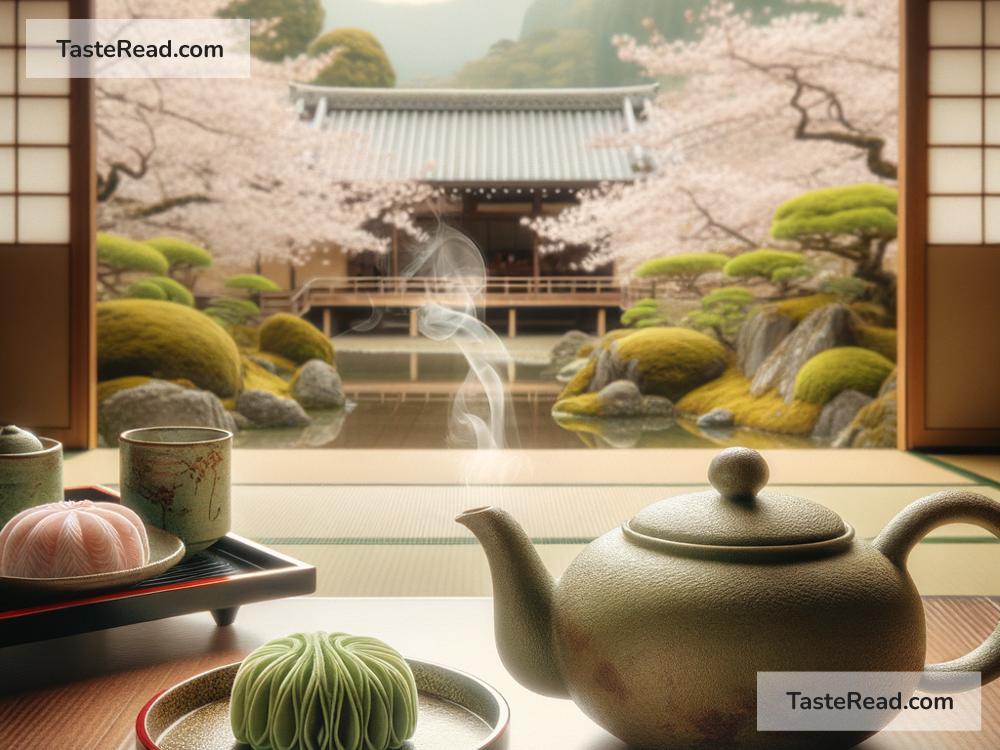Exploring Invigorating Tea Ceremonies in Kyoto, Japan
When people think of Japan, they often imagine cherry blossoms, ancient temples, and delicious sushi. But one of the most magical experiences for visitors is the traditional Japanese tea ceremony. Kyoto, the cultural heart of Japan, offers some of the most authentic tea ceremonies in the world. These ceremonies are more than just drinking tea—they are calming rituals that represent mindfulness, respect, and harmony. Let’s explore the fascinating world of Kyoto tea ceremonies and why they are so special.
What Is a Tea Ceremony?
In Japan, tea ceremonies are known as chanoyu, chado, or simply sado, which translates to “the way of tea.” This tradition dates back hundreds of years and was influenced by Zen Buddhism. A tea ceremony isn’t about rushing or enjoying a quick drink. Instead, it’s a peaceful and meaningful moment shared between the host and the guests.
During the ceremony, powdered green tea called matcha is prepared and served with great care and precision. Every detail, from the placement of the tea utensils to the way the tea is stirred, is intentional and carries symbolic meaning. Japanese people consider the tea ceremony a spiritual practice, and it helps them slow down and appreciate the simple, beautiful moments of life.
Why Kyoto Is Perfect for Tea Ceremonies
Kyoto is a city full of history and beauty. It was once the capital of Japan and remains a treasure trove of cultural traditions, beautiful gardens, and historic wooden townhouses. This city is famous for its connection to Zen Buddhism and tea culture. Many tea houses (called chashitsu) in Kyoto are nestled within peaceful gardens or old buildings, creating the perfect atmosphere for a tea ceremony.
Kyoto is home to Uji, a nearby town famous for producing the highest-quality green tea in Japan. If you love tea, there’s no better place to experience a tea ceremony than Kyoto.
What Happens During a Tea Ceremony?
A tea ceremony usually takes place in a tearoom that is simple yet elegant. When you arrive, the host welcomes you warmly and guides you to the tearoom. The room is typically decorated with minimal items, such as a hanging scroll and flower arrangement, reflecting the season.
Before the tea is served, the host performs a series of steps to prepare the tea. Watching this process is part of the experience, as every movement is slow and graceful. You might hear the sound of water boiling or the whisk stirring the tea powder—these sounds are calming and help create a peaceful atmosphere.
When the tea is ready, the host serves it to the guests one by one. You don’t just drink the tea right away; first, you admire the tea bowl, which is chosen carefully by the host. Each bowl has its own unique design and texture. Then, you take a sip of the tea, which is rich and full-flavored. There’s usually a small sweet treat served alongside the tea to balance its bitterness.
Throughout the ceremony, you’ll notice that everything is done with respect—respect for the tea, the guests, and the environment. It’s truly a mindful experience, and you’ll leave feeling refreshed and peaceful.
Where to Experience a Tea Ceremony in Kyoto
Kyoto has many tea houses where visitors can participate in a tea ceremony. Some tea houses are small and quiet, while others are larger and welcome groups of tourists. Here are a few popular places to enjoy a tea ceremony:
-
En: Located in the Higashiyama district, this small tearoom offers private tea ceremonies where visitors can learn about tea culture and try matcha. The setting is serene and perfect for beginners.
-
Camellia Tea House: This modern tea house offers a mix of traditional and contemporary approaches to tea ceremonies. It’s a welcoming spot for visitors, providing clear explanations of each step of the ceremony.
-
Kodaiji Temple Tea Rooms: Near Kiyomizu-dera Temple, Kodaiji offers tea ceremonies in its beautiful Zen gardens. This is a great way to combine sightseeing with cultural experience.
-
Tea Houses in Gion: The Gion area is known for its geisha culture and traditional wooden buildings. Many tearooms in this area provide tea ceremonies that feel authentic and intimate.
Tips for Enjoying a Tea Ceremony
If you’re new to tea ceremonies, don’t worry—they are designed to make every guest feel welcome. However, here are some tips to help you make the most of the experience:
- Follow the Host’s Lead: Your host will guide you through the process, so watch carefully and mimic their actions if you’re unsure what to do.
- Be Respectful: Tea ceremonies are about mindfulness, so avoid rushing, speaking loudly, or using your phone during the experience.
- Wear Comfortable Clothing: Some tea ceremonies involve sitting on tatami mats, so it’s best to wear comfortable clothes that allow you to sit easily.
Conclusion
Experiencing a tea ceremony in Kyoto is a cultural journey worth taking. It’s not just about drinking matcha; it’s about discovering a peaceful way of life, immersing yourself in Japanese traditions, and connecting deeply with the present moment. Whether you’re looking for calm or simply curious about Japan’s tea culture, Kyoto tea ceremonies will leave a lasting impression on your heart.
So next time you’re in Kyoto, take a break from temple-hopping and treat yourself to a tea ceremony. You’ll find yourself invigorated by the harmony, beauty, and quiet simplicity of Japan’s timeless tea tradition.


